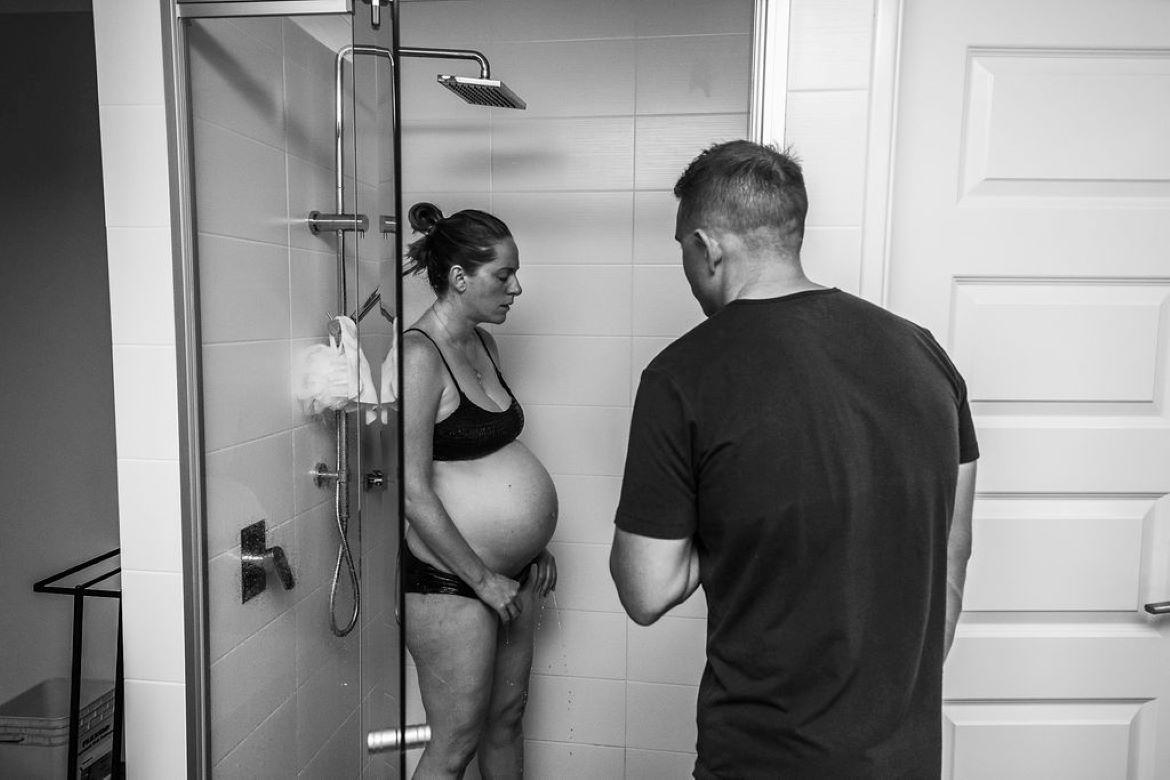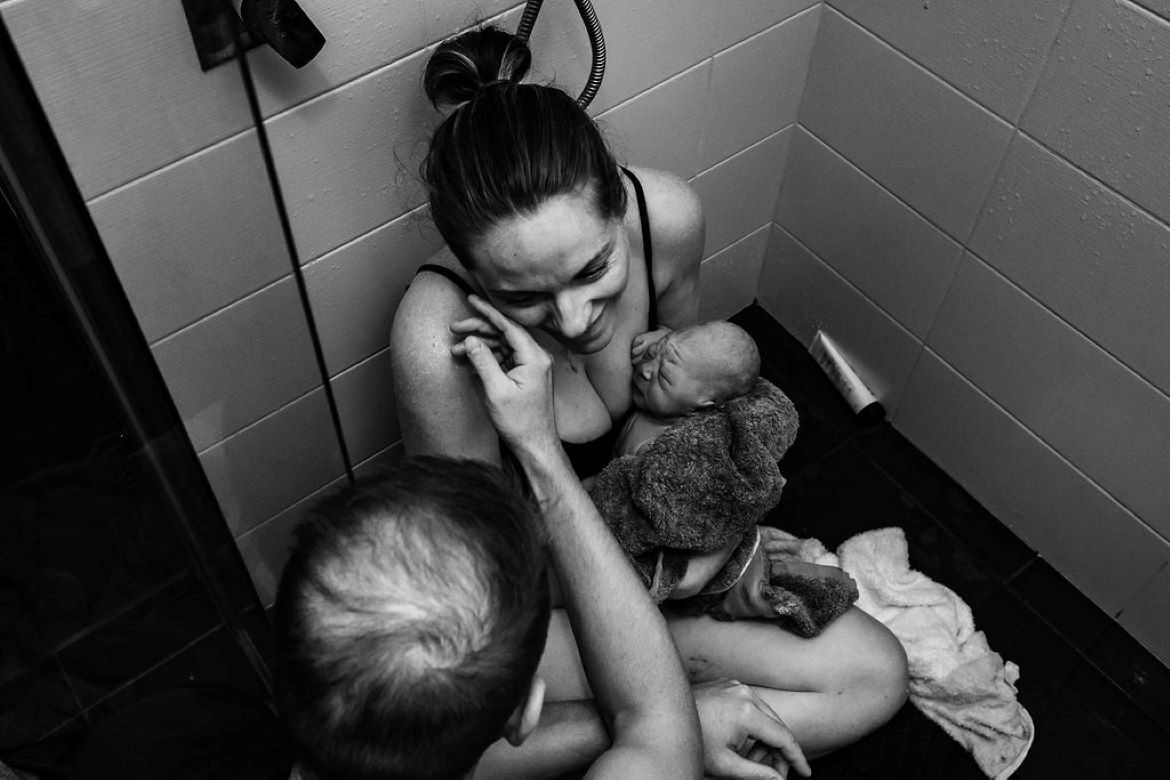How fear affects birth and 4 simple steps to overcome it.
By Jessica Perryman @templewellnessandyoga
Throughout many cultures, stories are told as a way of passing down information from one generation to the next. As children, we sat with our parents or grandparents as they regaled stories to us. Often fairy tales that once had a sinister element, now softened to bedtime story status. While these stories are not held as truth, they hold a deeper knowing of something much darker, like don’t go into the woods alone at night.
Less obvious than the retelling of Little Red and The Big Bad Wolf is a modern horror story that has been perpetuated through film, television, documentaries, even by women and doctors themselves. It is the myth that birth is a traumatic event, something that women and babies ‘survive’.
These stories matter because they create a baseline for normal. They show us what is and isn’t possible. We first learn about human potential through the powerful stories we share with each other. And what could be more powerful than the story of birth?
When was the last time you saw a fictional birth where the woman was calm, surrounded by loved ones, safe and supported? (Insert crickets here). Yet you could probably recall several films, TV shows, books and even documentaries that have a woman screaming in pain being rushed down a corridor for an emergency caesarean begging for help or laying on her back with her legs in stirrups and a doctor screaming, ‘PUSH!’ in her face. No wonder women are afraid.
What if I told you that this fear was a self-fulfilling prophecy?

Here’s what you need to know…
In the 1920s, a doctor by the name of Grantley Dick-Read coined the phrase ‘the Fear Tension Pain Cycle’. In his work with birthing women, he noticed that the more fear a woman experienced, the higher her self-reported pain. He was able to deduce that this was caused by the increase of muscle tension held in the body of a woman experiencing a heightened stress response, aka, fear. And the more pain you experience, the more fear, and so the cycle continues.
Further research into the role of fear during birth has uncovered some significant factors that contribute to the use of interventions (pain medication and assisted deliveries) and the stalling of labour.
Firstly, it’s helpful to understand that fear stimulates the sympathetic nervous system, more commonly referred to as the fight or flight response. When this occurs, the human body prioritises blood flow to the limbs in preparation to defend itself or run away from a threat. Unfortunately, this means that blood is moved away from the uterus, reducing oxygen supply to the muscles that are working to deliver the baby and decreasing the effectiveness of contractions.
Secondly, the body releases stress hormones to support the activity needed to defend itself in the form of cortisol and adrenaline. These bad boys are epic in a fight, but work against labour as they reduce the supply of oxytocin and endorphins. Oxytocin is the hormone that induces and facilitates labour, causes contractions, dilates the cervix, and promotes bonding and breastfeeding post-birth. Endorphins are what keeps birth calm and offers natural pain relief. In combination, when labour progresses naturally, the moment of birth sees these hormones peak to create a sense of euphoria and an instant connection between mother and baby.
And lastly, when the stress response is activated, all the muscles in the body tense up. This level of tension acts as resistance to the body’s instinctive muscle contractions. So instead of relaxing and letting the uterus and core muscles do their thing, the entire body tenses in response to the sensation, increasing not only the pain, but the energy required to birth a baby. This can cause a mother to become exhausted before the baby is born and require further intervention.

Here’s What You Can Do About It…
All is not lost. There is a way to break the cycle. The Mind Body Integration Method outlines 4 simple steps to overcome fear during labour and allow your body to come back into balance.
1. Notice Your Internal State Moving Into Fight Or Flight
Your body will give you clues as to what state your nervous system is in. It is helpful to wait until a contraction has passed to begin this process. Is your heart rate high? Is your breath short and shallow? Are you sweating? Are your eyes scanning the room? Are you looking for exits? Your mind will likely be signalling stress through the kind of self-talk you are experiencing. If you are saying things like, ‘I can’t do this,’ ‘Get me out of here,’ ‘This is too much,’ or you are experiencing the urge to hurt people or run away, these can be signs that your nervous system is in fight or flight.











